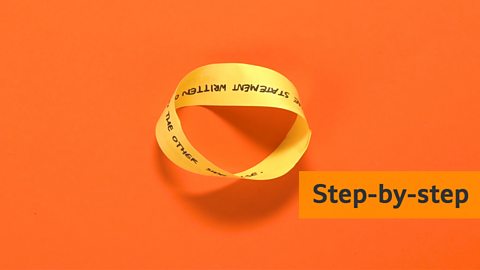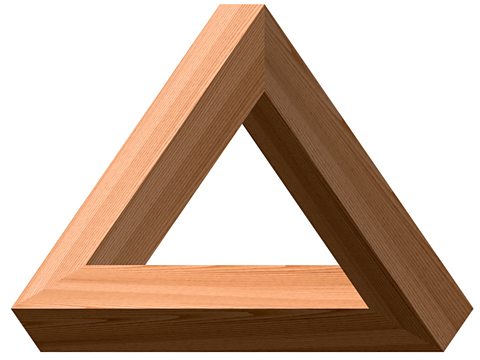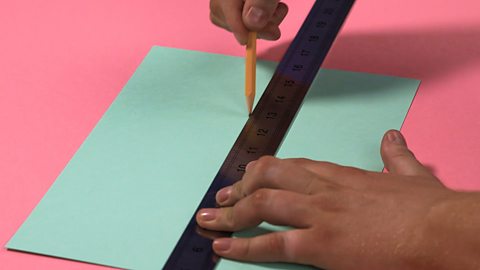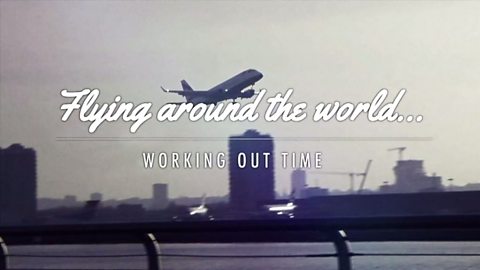A paradox is a seemingly untrue or contradictory statement that, when investigated further, may prove to be true.
Paradoxes can also take the form of philosophical riddles or images that appear to show something impossible.
A video explaining how to make a Möbius strip logical paradox.
Have a go

Image caption, Click to see a step-by-step slideshow.
1 of 7
What is a logical paradox?
Paradoxes are often statements that need to be thought about as opposites or contradictions of each other. For example:
This sentence is a lie
Is the sentence true or false? Could it be both true and false? When thinking about this question your thoughts seem to go around in a circle. This is because the sentence is referring to itself. We can call this self-referential.
Philosophical paradoxes
A famous example of a philosophical paradox is Theseus' ship.
Theseus' ship is kept in a harbour. As the pieces of the wooden ship decay they are replaced by new pieces. If no original pieces are left, is it the same ship?
If your answer is no, consider the questions: at what point does it stop being the original ship? Surely replacing one plank doesn't make it a different ship?

Visual paradoxes
This is a Penrose triangle.
It is an example of an impossible object or a visual paradox.
It appears to depict a contradictory object that cannot exist.
Some artists in the 20th century (notably M.C. Escher) were fascinated by visual paradoxes.

More on Shape, space and measures
Find out more by working through a topic
- count51 of 52

- count52 of 52

- count1 of 52

- count2 of 52
